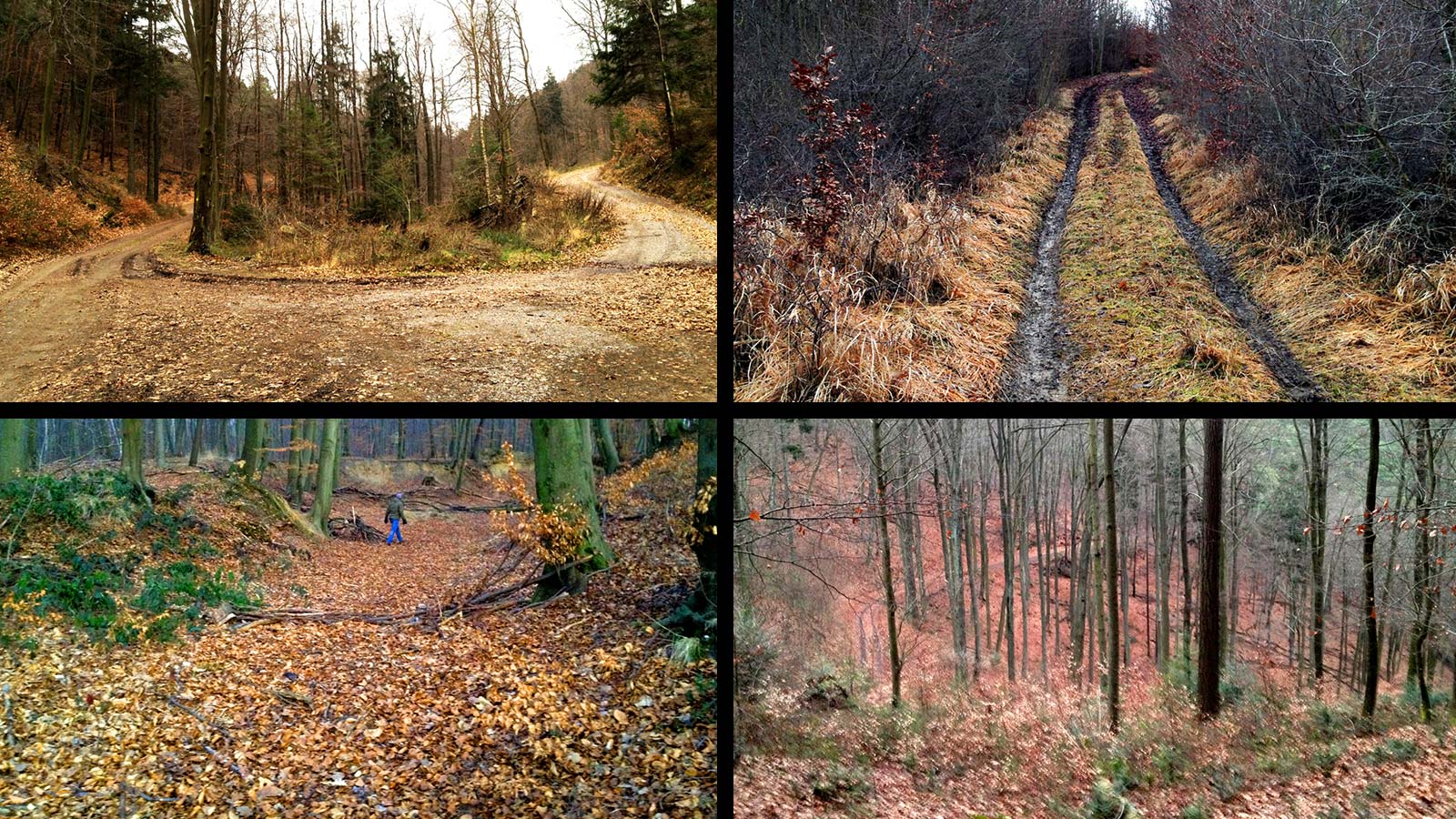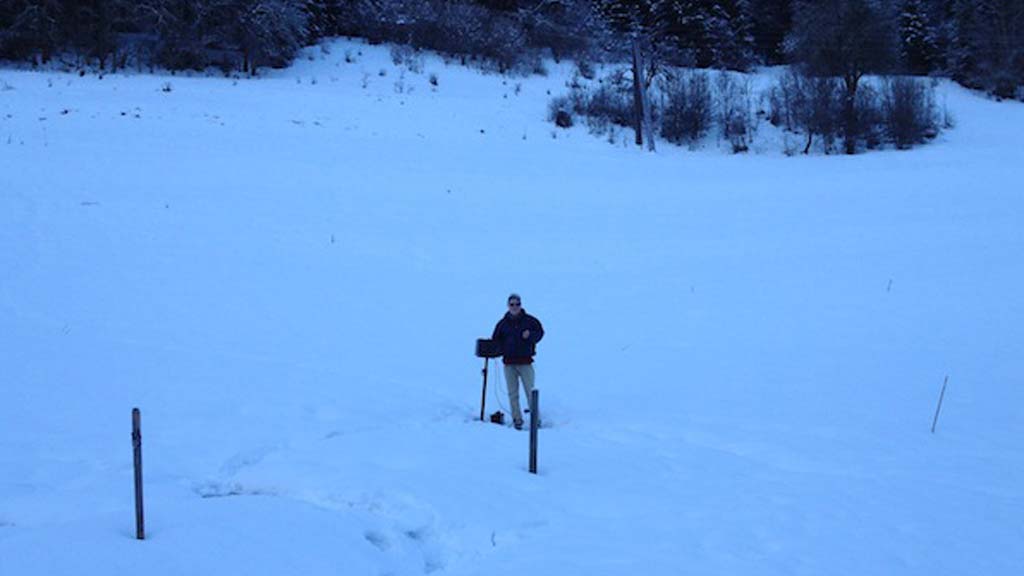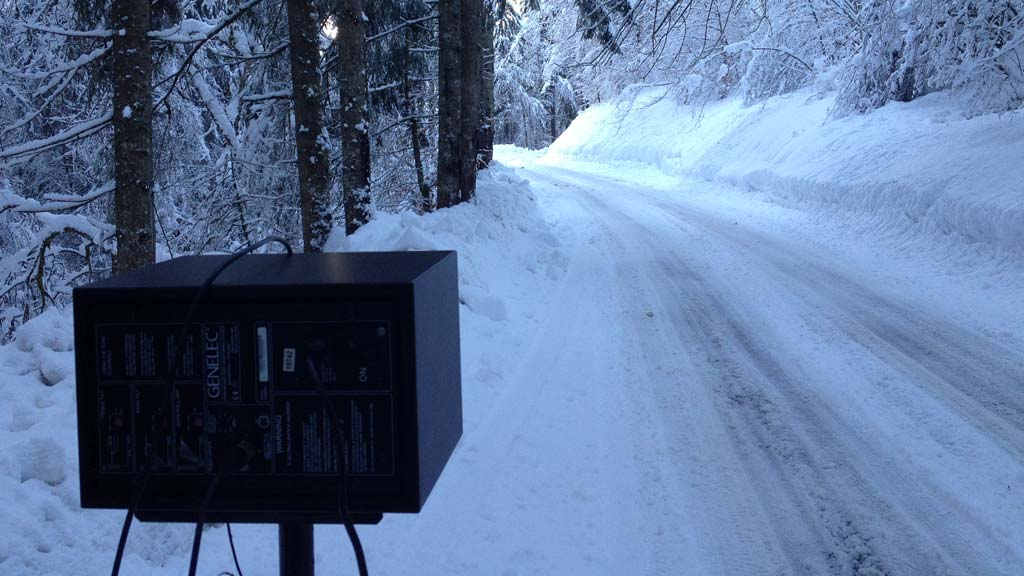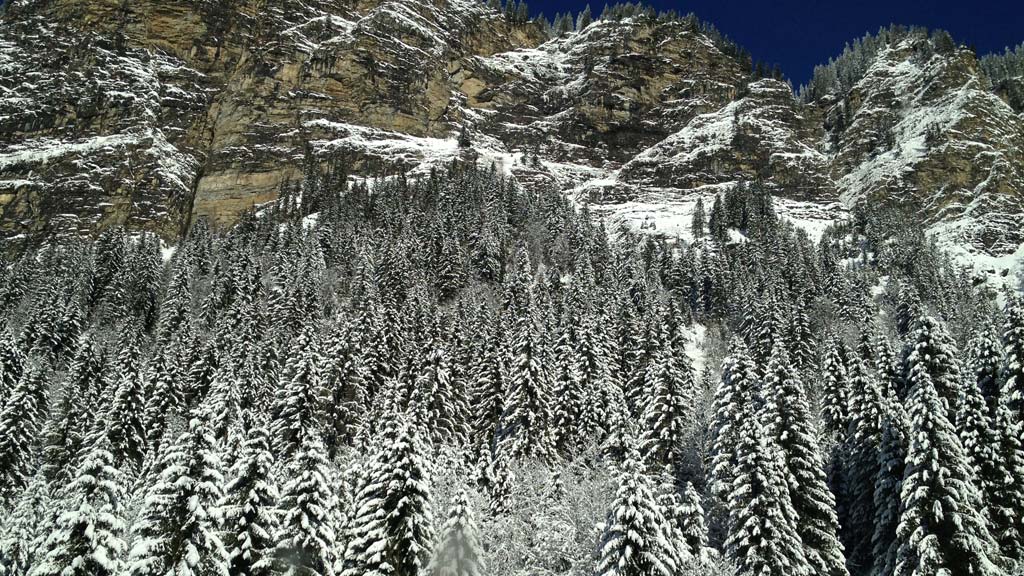Creating believable acoustics for artificial spaces is always challenging, especially when it comes to outdoor locations. We struggle setting any dry sources outside, since the reverb and echoes are so diverse and chaotic that it is nearly impossible to create any real sounding outdoor space with just algorithmic reverbs and delays. Yet setting the source physically outside can greatly contribute to making any outdoor scene much more credible.
.jpg)
Because the outdoors is very important for all media, not only games, we wanted to find the solution. We set out to create an outdoor impulse response library, capturing all the fine nuances that make reverb an acoustic experience; not disturbing the audience but pulling them even deeper into the setting.

Impulse response recording methods have come a long way. There are several ways to record impulse responses: impulses (or bangs), sweeps, and sequential noise. As sweeps are the most common way to record impulse responses these days, we experimented with them to record outdoor responses as well. However unfortunately even after hauling up speakers into remote mountain areas in the deep snow, we discovered that it doesn’t really work outdoors mainly for two reasons. First you need a lot (!) of amplifying power to translate sweeps over a large distance to get a good signal-to-noise ratio. Secondly, outdoors you might not have a period of time without any disturbing noises long enough to fire up the whole sweep plus a reverb tail that could easily drag out for over ten seconds.
.jpg)
We did a lot of testing and with a bunch of erroneous calculations of sweeps-to-impulses, we ended up using the base principle of recording a bang. We had the same issue here: a bang is not just a bang. Some are louder, some quieter (think blasting artillery versus popping balloons). Some have a very strong character leading to a specific frequency response and potentially even envelope of frequencies that need to be avoided.


In the end we used a 9mm pistol. After analyzing the shots, there was some FFT processing to get it as neutral as possible. However, recording at larger distances like we did proved to be the best solution.
Since you need very quiet spots to record these IRs in order to be flexible, we needed to record during winter. It needed to be below freezing, so there would be no sounds of water dripping from melting ice or other random background noises. Of course, also all the animals are a lot quieter during winter and there are less people walking their dogs or hiking around. Denoising is something that needs to be avoided, since it creates artefacts that are too audible in this regard. The freezing temperatures also bring their own specific character into the reverberation: if it is too snowy, the acoustics dampen to an unusable amount (basically no reverb at all). If the surfaces are too hard, the reverberation is somehow harsh and not pleasing. It took quite a bit of travelling, hiking, and waiting for the right weather to be able to capture the impulse responses we wanted. All together we worked about 7 months on this collection, two months of testing and location scouting, four months of traveling and recording and one month to post-process those recordings into usable and flexible IRs.
As we were aiming for long and natural tails and not that much for early reflections we captured impulses from up to 100 meters away. At some locations it simply was not possible to get any more distance between the impulse source and the microphone, on some it surprisingly did simply sound better and more useful having less distance, resulting in a minimum distance of 4 meters. Most of them are 30 or 50 meters. This also results in a rather long impulse response, which vary between two and ten seconds.

Some best practices: using the impulse responses on close-mic recordings do work, however it is more realistic if some runtime processing is applied if the dry source sound should be distant. This can help to create a more immersive experience rather than simply using the impulse responses at 100% wet. Use high- and low-cuts to simulate some distance prior to the impulse response reverb. For obvious visual sound obstacles in your game environment, such as walls, vehicles and other bigger objects which reflect sound, you should set delay lines prior to the impulse response reverb to place sound sources into the room more realistically. Using Wwise Reflect is an awesome solution to do that in runtime and those reflections should be routed through or mixed into the Convolution Reverb. Specifically for rifles, it makes sense to feed only spikes or short snap sounds into the convolution reverb instead of a fully designed gun shot, which mostly already features a lot of backed-in early reflections and tails. Make sure though to pre-process these spikes and EQ them according to the firearm. That makes it far more realistic and usable.
In this Wwise Convolution Package you will get 69 of our best outdoor impulse responses, ranging from urban and industrial settings over fields to dense forests, mountains and canyons. Following are some demos of how these sound in action.
We are eagerly looking forward to hearing these in action so if you like, let us know when you used them. Feedback and comments are always welcome of course, so do not hesitate to contact us. We hope we created a set of impulse responses that your projects benefit from and make it even more acoustically convincing.
BOOM Library Outdoor Impulse Responses can be used with the Wwise Convolution Reverb plug-in.
Listen to a few examples:
DogBark_Hillside50m_DRY_30_
|
Mountains_50m_Female_Drum_
|



댓글